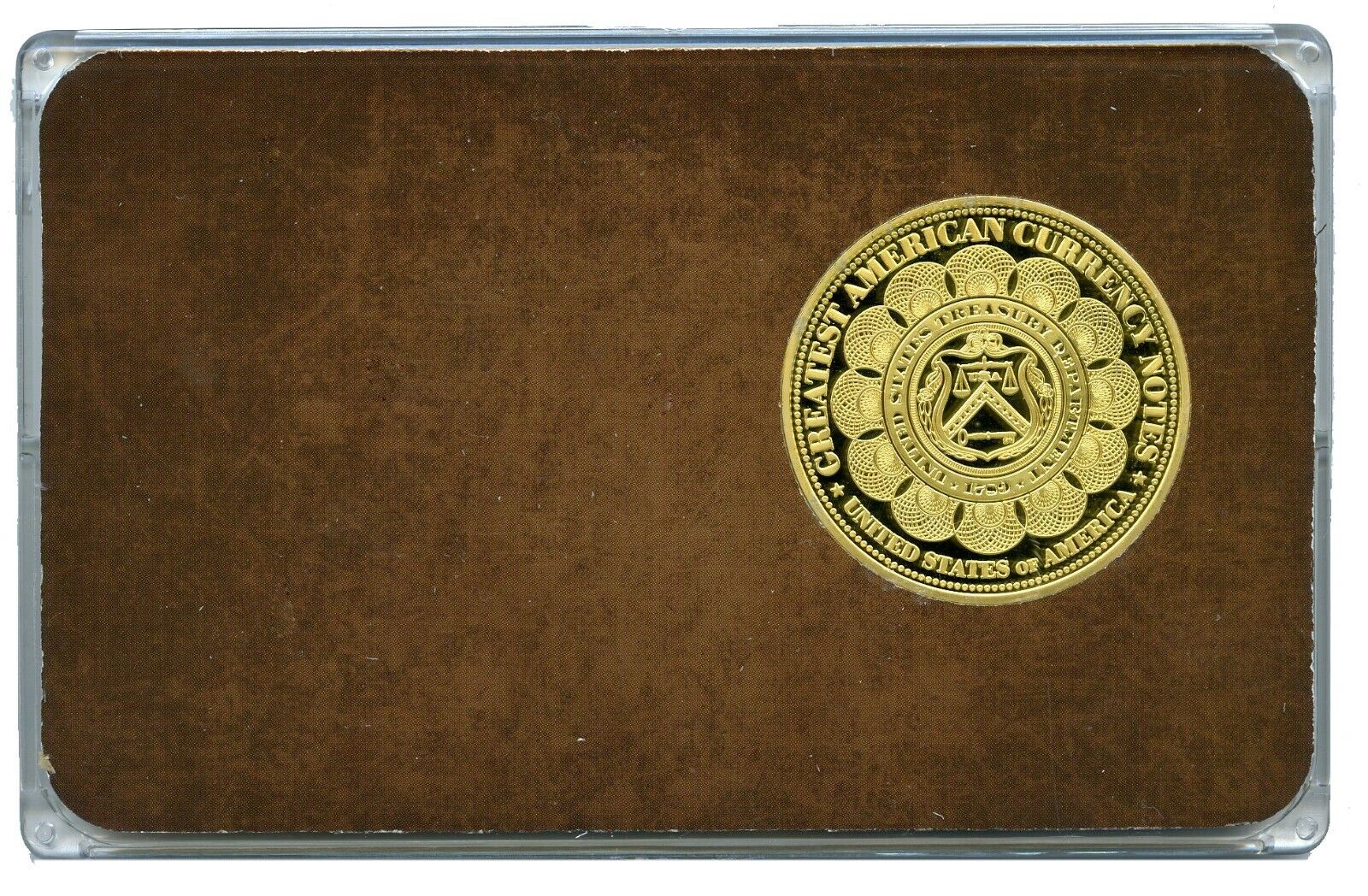1890 $1,000 GRAND WATERMELON NOTE COMMEMORATIVE COIN TRIBUTE PROOF $99.95
$52.77 (-40%)
1890 $1,000 GRAND WATERMELON NOTE COMMEMORATIVE COIN TRIBUTE PROOF $99.95
The most expensive banknote in history
A tribute to the Treasury Note worth $3.29 million
Features a highly detailed engraving of General George Meade
Details
Limitation:
9,999 complete collection
Weight:
54 g
Material (details):
Copper gold layered 24k with pad print
Diameter:
50 mm
Obverse:
$ 1.000 Meade 1890
Reverse:
Greatest American Currency Notes
Finish:
Gold-layered
Material:
Copper
Quality:
Proof
Issue year:
2014
1890 $1,000 Grand Watermelon Note Commemorative Coin Tribute
The most valuable Treasury Notes in American history was the $1,000 1890 Series Treasury Note that featured General George Meade and was nicknamed the Grand Watermelon because the denomination “1,000” on the reverse was so intricately scribed that it resembled a watermelon. First issued in 1890, Treasury Notes were large pieces of paper currency, offered in several denominations that represented an equal amount of silver. The largest denomination was the $1,000 Treasury Note that featured General George Meade on the obverse.
Due to its high value, a relatively low number were printed – and of those, only a very few remain. In January 2014, one of these incredibly rare notes sold for a record $3,290,000!
Luxuriously layered in 24k gold, this brilliant commemorative coin features a full color reproduction of the 1890 Series $1,000 Treasury Note. Framing the photo realistic inset is a highly detailed engraving of General George Meade just as it is found on the obverse of the original banknote.

 English
English Deutsch
Deutsch Español
Español Français
Français Italiano
Italiano Nederlands
Nederlands
